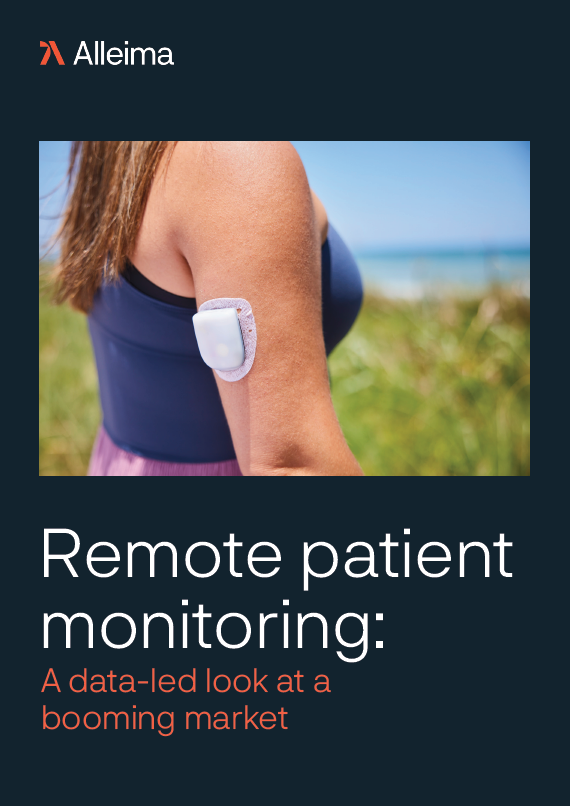
Digital health company Huma Therapeutics (Huma) received Class II clearance from the US Food and Drug Administration (FDA) for its disease-agnostic software as a medical device (SaMD).
The approval makes Huma one of the first successful applicants of the FDA’s joint eSTAR programme, in partnership with Health Canada for comprehensive medical device submissions.
How well do you really know your competitors?
Access the most comprehensive Company Profiles on the market, powered by GlobalData. Save hours of research. Gain competitive edge.

Thank you!
Your download email will arrive shortly
Not ready to buy yet? Download a free sample
We are confident about the unique quality of our Company Profiles. However, we want you to make the most beneficial decision for your business, so we offer a free sample that you can download by submitting the below form
By GlobalDataThe SaMD platform developed by Huma powers digital health pathways by collecting patient data for self-management or remote assessment. It incorporates technologies, including digital screening, primary care systems, remote patient monitoring systems, companion apps, and risk assessment tools.
Huma’s regulated SaMD is currently the only disease-agnostic platform to hold both EU MDR Class IIb and US FDA Class II regulatory status.
Huma CEO Dan Vahdat said: “The US FDA clearance and recent EU MDR Class IIb approval makes us the most widely regulated disease agnostic platform globally at this level.”
With Class II clearance, the platform can monitor patients of all ages with any condition, including paediatric patients and those in pregnancy, and can connect with external devices such as heart rate monitors, blood sugar monitors, and smart inhalers. The platform not only enables patients to self-manage their diseases but also enhances the clinical management process, drives clinical decisions, and aids in the diagnosis of non-serious illnesses.
Vahdat highlighted the potential of regulated SaMD, validated algorithms, and Generative AI to allow partners to provide care to more patients.
Vahdat adds: “Now, our partners can launch Class II regulated software for new diseases and use cases in a matter of weeks on our platform, rather than the years they may have taken to develop and regulate their own solution.”
Class II clearance permits the hosting of artificial intelligence algorithms that leverage automated data capture to support risk disease prediction, diagnosis, and prognostication.
Additionally, Huma’s cardiovascular disease risk score algorithm, when used with the platform, has also received 510(k) clearance for automated data capture. Trained and tested on UK Biobank data and validated on a US dataset, this algorithm is currently part of a nationwide programme in the US aimed at improving cardiovascular health.
Vahdat said: “With Class II clearance, our algorithms evaluate the collected data from wearables and devices, assimilate this and provide clinical advice to the patient.”
Huma rebranded in 2020 from Medopad after acquiring two UK artificial intelligence and wearable technology businesses, BioBeats and Tarilian Laser Technologies.




